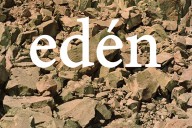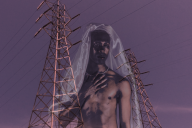A photographer collaborates with Google Image Search to question creative agency.
How does the internet define us? Soon we will all live in a world where every person has two separate public identities: one physical and one virtual. In addition to its capabilities for self expression, the relatively new digital media environment also enables external definition through crowd sourcing and algorithmic programming. Many online identities will remain distinct from their “real world” persona, while other people may have a more direct relationship between the two. Because of this possible discrepancy, significant observations can be made of the ways in which the two worlds do not align. The result of algorithmically populated information acts as a kind of opinion born from a virtual collective consciousness, which may or may not agree with what we consider to be real or true.
Athens-based photographer Alexis Vasilikos took advantage of the internet’s non-stop data collection and presentation in his project Google Pairs. For the project Vasilikos performs a Google Image Search of his name, then combs through the seemingly endless image results, most of which were made by him. He then chooses diptychs within Google’s populated images, focusing solely on the photographs he made and avoiding the others Google associates with him. The process treats Google Image Search as a kind of curatorial randomizer, which Vasilikos edits based on pairs he finds to have the most interesting juxtaposition, or which produce new meaning from their proximity. In a way it is an exercise in finding meaning in chaos; Google has no investment in the aesthetics of its search results. It also examines the construction of identity, both by our computers and ourselves.
—Amelia Rina, Arts Editor





















